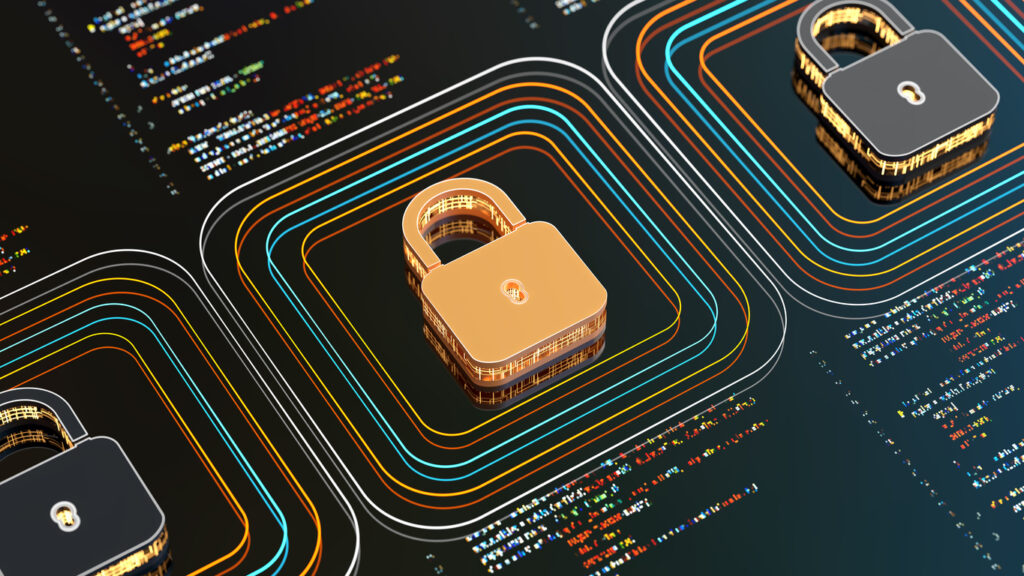An ISO 27001 firewall security audit checklist is indispensable for ensuring compliance with the ISO 27001 standard and strengthening your information security policy. Regular audits help identify vulnerabilities, assess network security, and manage risks effectively while aligning with industry security standards like PCI DSS, HIPAA, SOC 2, and NIST.
The cybersecurity landscape is evolving rapidly, and organizations must adopt automation and strong risk management practices to stay ahead. A utilities company in the U.S. evaluated options for firewall management with strict requirements for scalability, internal audit readiness, and continual improvement of their information security management system (ISMS). By prioritizing automation, workflow integration, and compliance with Annex A controls, they were able to streamline firewall change management, enforce access control, and reduce nonconformities across their network infrastructure.
Network Changes in Days, Not Months
With Tufin’s network security automation, the utility company reduced firewall rule change management from weeks to days. By automating remediation of misconfigurations and validating firewall configurations in real time, the team cut manual tasks significantly and improved compliance with ISO 27001 requirements.
This step-by-step approach improved both security posture and business agility, helping stakeholders balance risk treatment plans with business needs. Tasks that previously required dozens of people were streamlined into a repeatable workflow, cutting complexity while ensuring audit-ready documentation of every firewall policy and change management process.
Automated, Streamlined Compliance Efforts
The organization also benefited from automated compliance features. By continuously auditing firewall rules, routers, and operating systems against ISO 27001 certification requirements, they maintained data security and ensured corrective actions were logged for external audits and management review.
Tufin’s SecureTrack+ helps validate firewall rules and provides detailed audit reports that identify identified risks, nonconformities, and remediation steps. These reports support continual improvement and ensure every firewall configuration aligns with the ISO 27001 checklist, from statement of applicability (SoA) validation to corrective actions and audit-ready documentation.
Uninterrupted Business Operations
For enterprises with large deployments, uninterrupted functionality is critical. Using path analysis and validation tools, the utility company reduced downtime related to firewall configurations by 50%. With proactive vulnerability detection and remediation, they ensured compliance without disrupting operations or creating bottlenecks.
Future Plans and Continuous Improvement
ISO 27001 compliance is not a one-time effort. The company plans to expand automation into broader workflows such as risk treatment planning and validation of information assets, ensuring corrective actions are applied consistently across their hybrid network. By integrating Tufin with vulnerability management systems and regulatory compliance frameworks like GDPR, PCI DSS, and HIPAA, they continue to strengthen their ISMS through continual improvement.
Continuous compliance, audit-ready processes, and secure configuration management are now embedded into their information security practices.
FAQs
What is an ISO 27001 firewall security audit checklist and why is it essential?
An ISO 27001 firewall security audit checklist is a structured compliance checklist that ensures firewall rules, firewall configurations, and audit reports align with the ISO 27001 requirements. It supports internal audits, external audits, and certification readiness by validating access control, risk management, and security controls. This checklist helps organizations remain audit-ready and compliant with standards like PCI DSS, HIPAA, SOC 2, and GDPR, while safeguarding information assets and sensitive data.
Check out our guide for more details on how to perform a firewall audit.
How can an ISO 27001 firewall security audit checklist help in managing cybersecurity risks?
The checklist supports systematic risk assessment and remediation by reviewing firewall rules, routers, operating systems, and network security controls. It helps identify vulnerabilities, enforce access control lists (ACLs), and ensure mitigation of threats like malware, unauthorized access, and data breaches. By streamlining corrective actions and embedding them into workflows, organizations can strengthen their security posture, ensure continual improvement, and align with Annex A controls of the ISO 27001 standard.
Learn more about firewall security standards and how they help in managing cybersecurity risks.
How often should organizations utilize the ISO 27001 firewall security audit checklist?
Organizations should perform regular audits—often quarterly or as required by regulatory requirements. Frequent internal audits validate firewall configurations, document nonconformities, and support corrective actions. Regular reviews also improve functionality, reduce downtime, and ensure risk treatment plans are up to date. External audits for ISO 27001 certification may require additional validation, audit reports, and management review to maintain compliance with the standard’s requirements.
Learn more about how Tufin helps maintain cloud security compliance.
What role does automation play in ISO 27001 compliance?
Automation is critical in ensuring firewall change management, validation of firewall configurations, and audit report generation are consistent and efficient. Automated workflows streamline compliance with ISO 27001 requirements, reduce human error, and help organizations remain audit-ready. Automation also simplifies risk management by identifying vulnerabilities and supporting real-time remediation across firewalls, routers, and endpoints.
Wrapping Up
An ISO 27001 firewall security audit checklist is not just a tool—it’s part of a step-by-step compliance checklist that enforces your organization’s information security policy and ISMS. By combining automation, validation, and continual improvement, organizations can manage risks, protect information assets, and maintain compliance with ISO 27001 certification requirements.
Ready to strengthen your ISMS and achieve audit-ready compliance? Request a demo with Tufin today to see how automation and centralized firewall management can enhance your organization’s information security posture.
Ready to Learn More
Get a Demo





